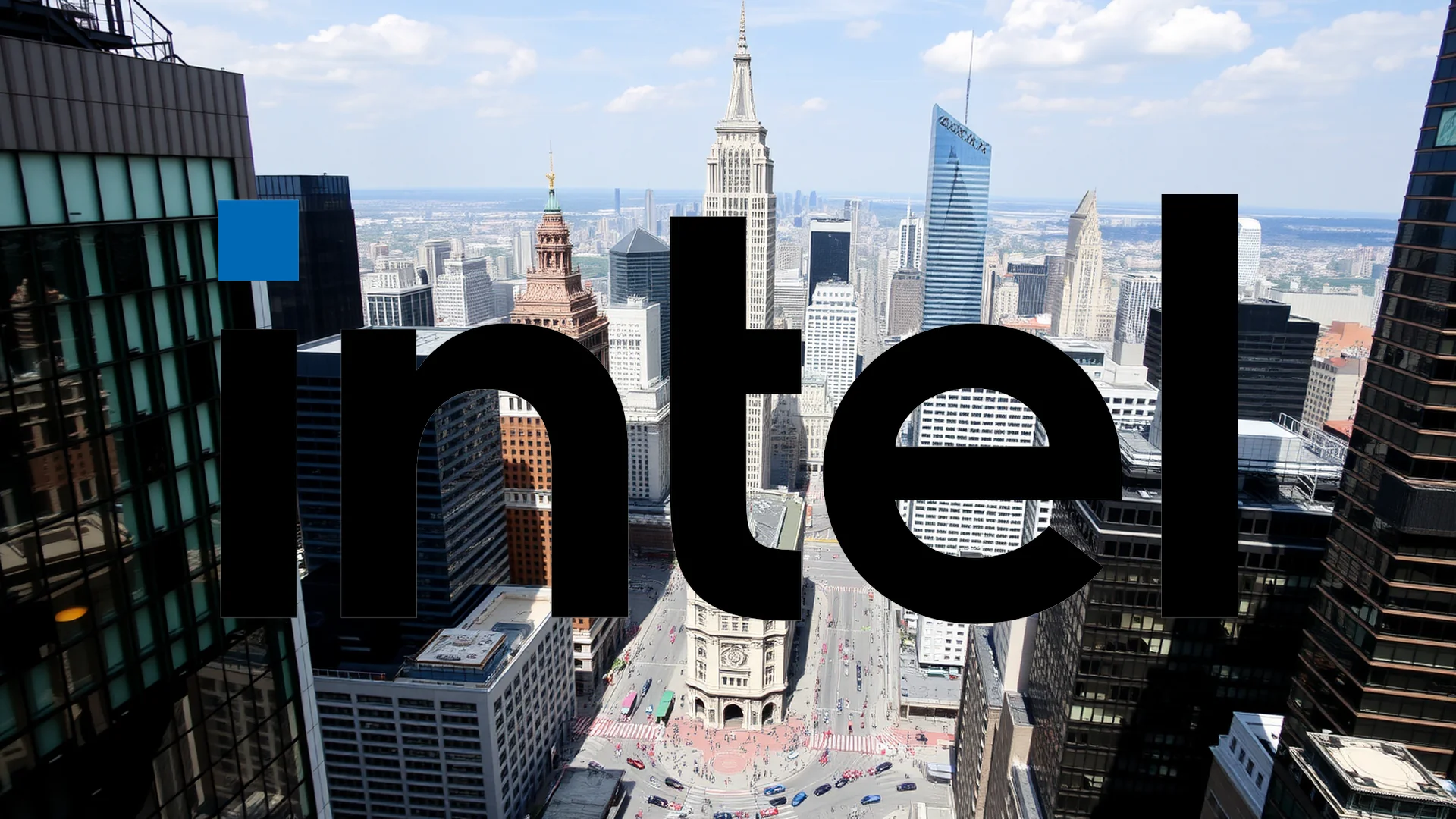Regional banking institution WesBanco has initiated a significant financial maneuver, announcing a $230 million preferred stock offering designed to overhaul its balance sheet. The strategy involves replacing older, more expensive capital instruments with fresh funding, employing an interest rate structure that presents both opportunity and risk for the bank and its shareholders.
Strategic Capital Replacement
The core of this operation is a deliberate capital restructuring. WesBanco intends to utilize the proceeds from this new offering to retire costly legacy securities. A substantial portion, $150 million, is allocated to redeem the bank’s Series A Preferred Stock. An additional $50 million will facilitate the early retirement of 4.0% Subordinated Notes. The remaining capital will be directed to the company’s general corporate purposes.
This exchange is a clear refinancing play. By swapping older, higher-cost obligations for new, potentially cheaper capital, WesBanco aims to optimize its financial structure and reduce its overall interest expense. While this is a conventional strategy for strengthening a balance sheet, the specific terms of the new securities introduce an element of uncertainty regarding future costs.
The Interest Rate Dilemma
The newly issued preferred shares come with a hybrid dividend structure. They will initially pay a fixed rate of 7.375% until October 2030, providing investors with an attractive, predictable yield in the current volatile market. The scenario becomes more complex after this fixed-rate period concludes.
Should investors sell immediately? Or is it worth buying WesBanco?
At that point, the dividend payout will transition to a variable rate, pegged to the five-year Treasury yield plus a significant spread of 3.795 percentage points. This is the crux of the bank’s gamble. Should interest rates climb substantially in the coming years, WesBanco’s future interest burden could increase dramatically. Conversely, the bank stands to benefit if rates fall or remain low, locking in lower long-term financing costs. The move represents a strategic bet on the future direction of interest rates.
Implications for Common Shareholders
For holders of WesBanco’s common stock, the immediate impact of this offering appears neutral to slightly positive. The potential reduction in overall capital costs and a streamlined balance sheet are constructive developments. However, a key consideration is the creation of a new class of investors with a priority claim on dividends. The mandatory payments to preferred shareholders could influence the capital available for common stock dividends and other corporate uses.
The market’s initial reaction has been cautious. Following the announcement, WesBanco’s common shares traded with modest losses around $31.60. This price action suggests investors are adopting a wait-and-see approach, weighing the potential benefits of a stronger balance sheet against the risks associated with the variable-rate commitments undertaken in this $230 million refinancing.
Ad
WesBanco Stock: Buy or Sell?! New WesBanco Analysis from December 20 delivers the answer:
The latest WesBanco figures speak for themselves: Urgent action needed for WesBanco investors. Is it worth buying or should you sell? Find out what to do now in the current free analysis from December 20.
WesBanco: Buy or sell? Read more here...













